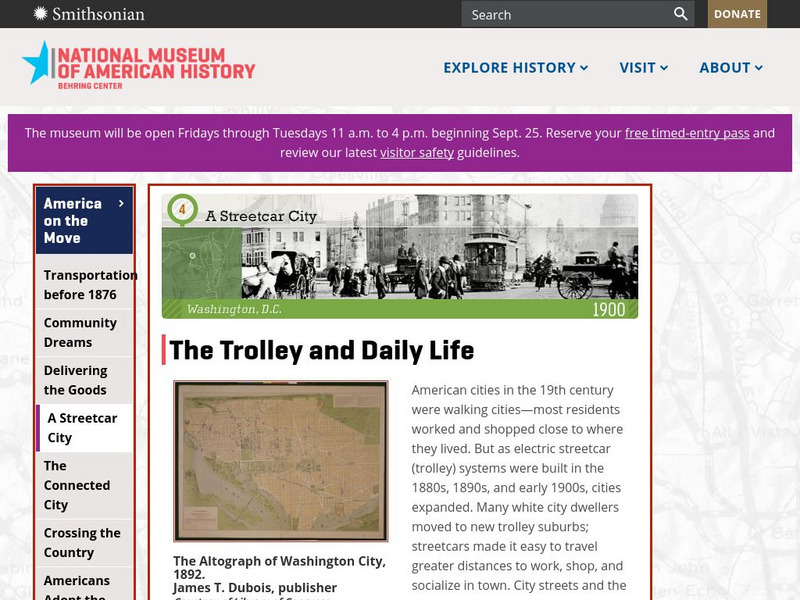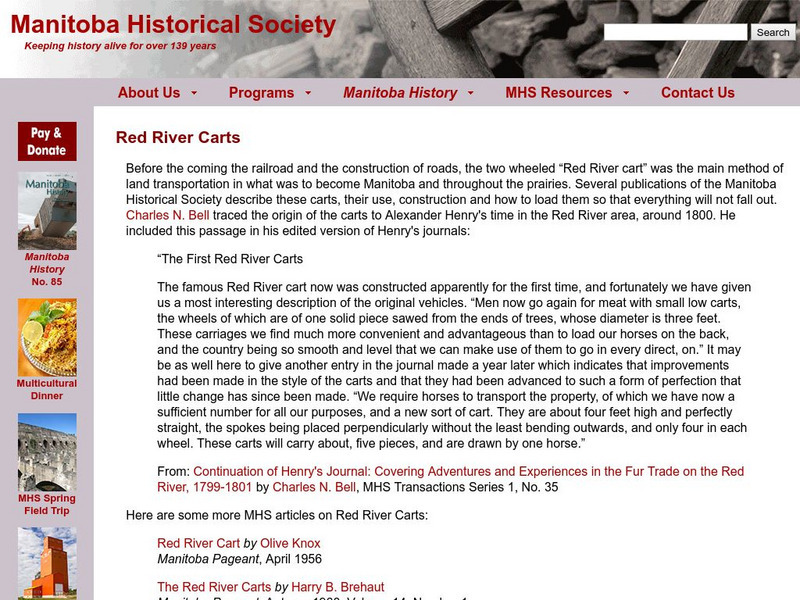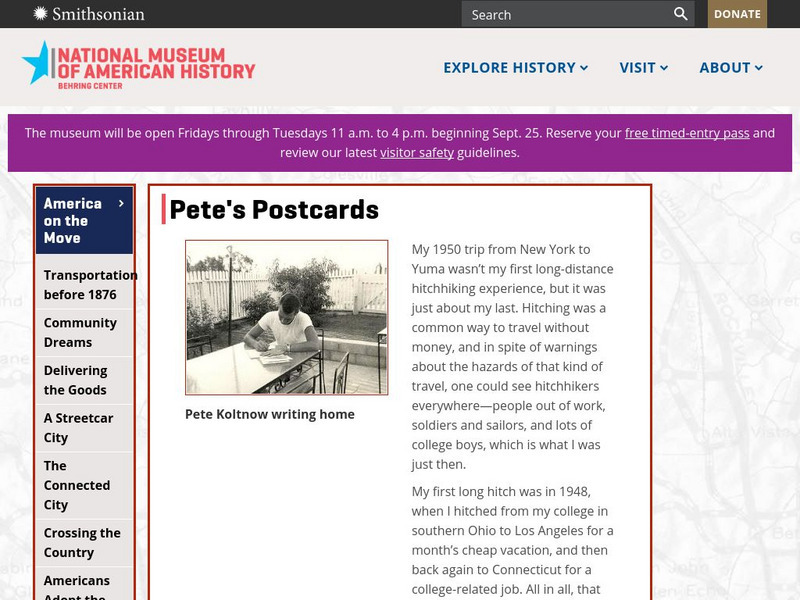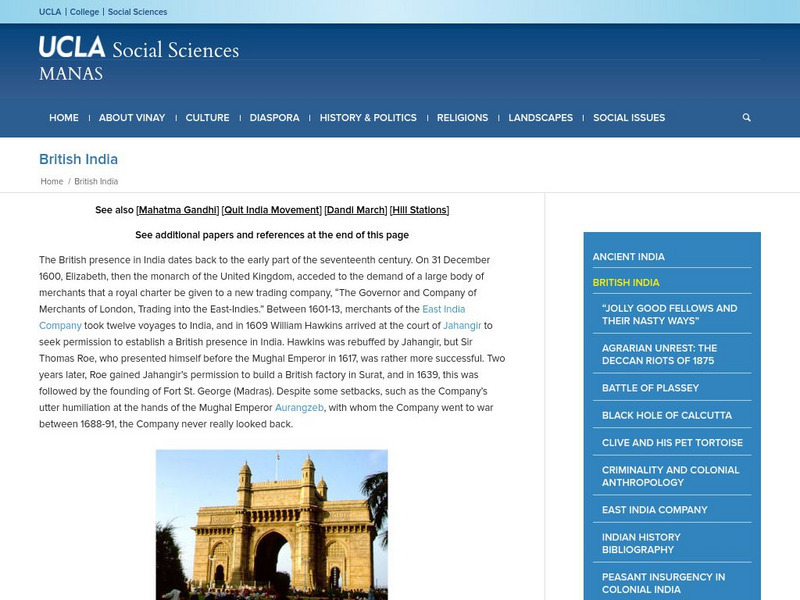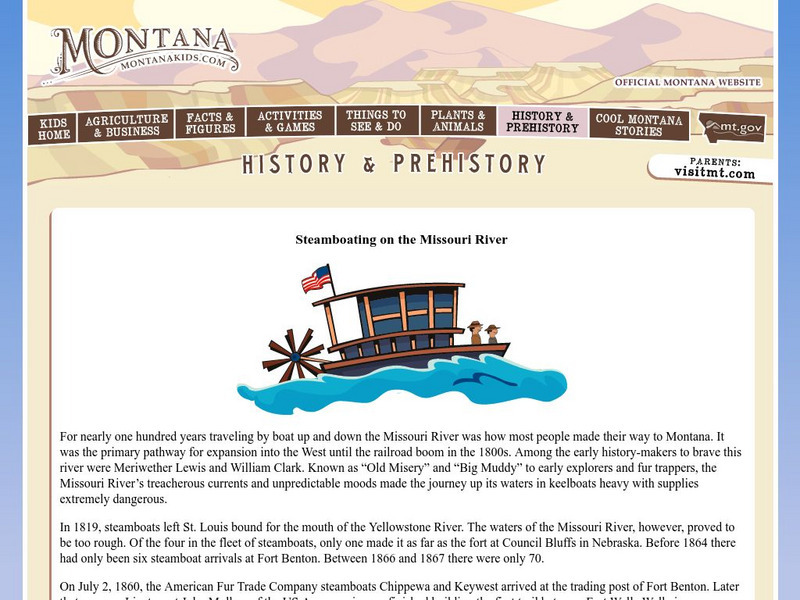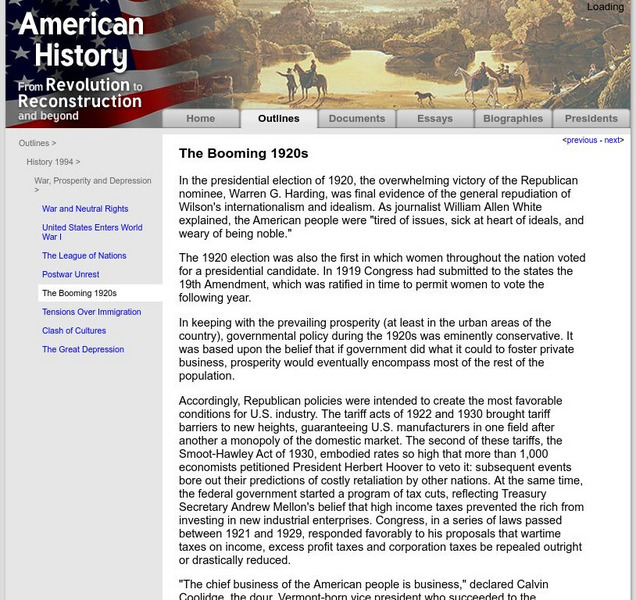Hi, what do you want to do?
Smithsonian Institution
National Museum of American History: Transatlantic Souvenirs
The Smithsonian's maritime collections contain many objects relating to the steamship Leviathan, the largest American passenger ship of the 1920s and 1930s. View these mementos originally preserved by passengers and crew to remember...
Other
Texas Comptroller of Public Accounts: The Energy Report: Coal [Pdf]
Chapter 7 of a report on the energy industry in Texas. It looks at coal, its history, its uses, its economic impact in Texas, consumption, mining, and the transportation of coal. The process of generating electricity from coal is...
Other
Texas Comptroller of Public Accounts: The Energy Report: Hydrogen [Pdf]
Chapter 22 of a report on the energy industry in Texas. It looks at hydrogen as an energy source, its history, and uses. The economic impact of the hydrogen energy sector in Texas is described, the consumption of hydrogen, methods of...
University of California
University of California: Robert B. Honeyman Jr. Collection
This collection at the University of California-Berkeley can now be accessed online through the Online Archive of California. It provides a vast collection of historically significant primary source images of early California and the...
TexasHistory.com
Texas history.com: Stagecoaching in the Guadalupe Mountains
A description of the stagecoach trip through Texas by the Butterfield Overland Mail, a trip that took three weeks from Missouri to California.
Exploratorium
Exploratorium: The Science of Cycling
Very informative site from The Exploratorium about the science of bicycling. You can learn about the development of the wheel, how gears work on a bike, even how brakes were developed. Perfect site for research on bikes.
Smithsonian Institution
National Museum of American History: Chicago, the Transit Metropolis
Explore the role of public transportation in Chicago, from the 1890s through the 1950s.
Other
Chicago L: The Original L Companies
As part of a larger site, this article gives the history of the famous Chicago "L" and its development in the last part of the 19th century. Hyperlinks to photos, many of which are period photos.
Smithsonian Institution
National Museum of American History: A Streetcar City: Washington, d.c. 1900
American cities in the 19th century were walking cities-most residents worked and shopped close to where they lived. But as electric streetcar (trolley) systems were built in the 1880s, 1890s, and early 1900s, cities expanded. Many white...
Other
Red River Carts
Unique form of transportation to Manitoba is the Red River Cart named after the river that divides and shapes much of Winnipeg and Manitoba. Basic construction is described and additional links to articles about the cart and its role in...
Energy for Sustainable Development
Esd Bulgaria: Kids & Energy: Energy Timelines
A collection of timelines showing the history of developments in the use of different fuels and methods of getting energy - wood, electricity, coal, oil, nuclear power, and fuels used in transportation.
Texas State Historical Association
Texas State Historical Association: Stagecoaching in Texas [Pdf]
An activity guide where students refer to the Texas Almanac, which is free to download, for information needed to complete assigned tasks. In this lesson, they look at stagecoaches and how this mode of transportation compared to other...
Smithsonian Institution
National Museum of American History: On the School Bus: Martinsburg, Indiana 1939
It's an early winter morning in rural Indiana, and Russell Bishop is getting ready to drive his school bus route. His daughter Mary Lou is with him, and his double-deep orange school bus is parked outside the family farm's barn. An...
Smithsonian Institution
National Museum of American History: Themes: Pete's Postcard
Journey through America's past with Pete as he hitchhikes across the country while viewing the postcards written to his then fiance Dot that highlight his adventures on the road.
University of California
Ucla: Manas: British India
An overview of the British presence in India, 1600-1947, from university professor Vinay Lal. Includes links to related topics, such as the British East India Company, and to biographical details of many key figures from this period in...
PBS
Pbs Learning Media: Lehigh Valley Tempo: Canal History
The Lehigh Valley became a major part of the Industrial Revolution after coal was discovered in the area. In this short video, learn about the canal system that was built as a way to transport the coal from the local mines to New York...
State Library of North Carolina
N Cpedia: Canals
Since the eighteenth century, canals and canal building have been an important part of Tidewater, North Carolina history. It was seen as the state's best hope for overcoming natural barriers to coastal navigation and mercantile trade....
Other
Montana History and Prehistory: Steamboating on the Missouri River
Traveling West was never easy! Here is a good description of the many ways people traveled. Of particular note is the paragraph on the steamboat crews.
University of Groningen
American History: Outlines: Outline of American History: Booming 1920s
This brief article addresses many of the issues facing the country after World War I. It provides an overview of the Republican policies which supported private business.
Other
Alaska History and Cultural Studies: America's Territory
The discovery of gold in Alaska set the stage for its later settlement by people from many places who came to seek their fortunes. Subsequent transportation of people and goods by water and overland are described, as well as the...
University of Groningen
American History: Essays: The Iron Horse: Main Events of the Twentieth Century
This last section of an extensive essay about the railroad in United States history discusses the role of the railroad in the 20th century.
BBC
Bbc History: History Trails: Victorian Britain: Britain as Workshop of the World
Articles about the era of industrialization, new products and new transportation are coupled with cartoons and an explanation on how to use this primary source. An activity and quiz are also available from the sidebar.
PBS
Pbs Nova: Secrets of the Parthenon: Scenes From a Marble Quarry
Learn about the tools and technologies that Greek stonemasons used to cut and shape blocks of marble destined for the Parthenon. Also learn about how the stone was transported to the building site and set into place.
A&E Television
History.com: 10 World Engineering Marvels
These remarkable feats of design and construction transformed the ways that people travel, communicate and live. For thousands of years, mankind has engineered remarkable structures such as the pyramids of Egypt and the Great Wall of...






![Texas Comptroller of Public Accounts: The Energy Report: Coal [Pdf] eBook Texas Comptroller of Public Accounts: The Energy Report: Coal [Pdf] eBook](https://static.lp.lexp.cloud/images/attachment_defaults/resource/large/FPO-knovation.png)





